Are India’s daughters a good return on investment?
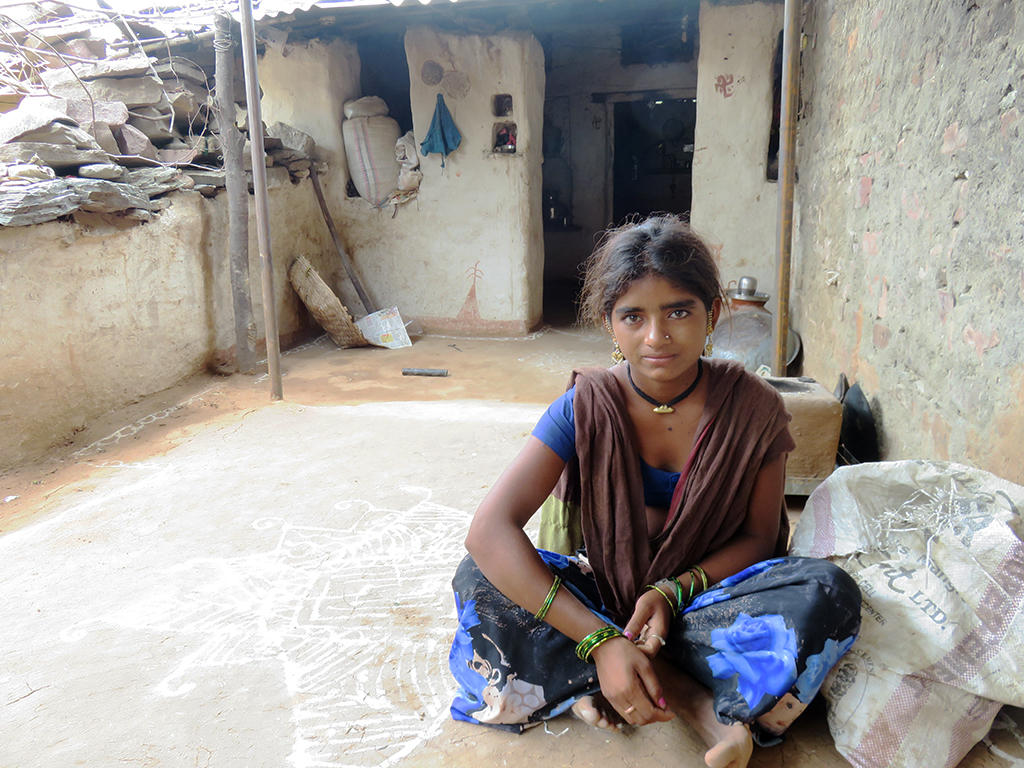
The world’s first private, performance-based investment aims to keep girls in rural India in school. But can projects like the one supported by the UBS Optimus Foundation change societal attitudes that lead to high drop-out rates?
Nani doesn’t have much time for journalists, especially when there is a bullock munching on her maize crop. The sprightly grandmother gives chase and the opportunistic bovine is shooed away. She finally finds some time to talk to swissinfo.ch under the shade of a mango tree.
“I did not go to school. In my time, there were no schools around and our family never sent us, so we didn’t go,” she says.
Half a century later, Nani’s granddaughter Maya has hardly fared any better. She used to go to school but dropped out as someone was needed to graze the family’s goats. In the village of Jaliya – and all over the Bhilwara district in the northwestern Indian state of Rajasthan – goats represent the end of the line when it comes to a girl’s education. Few parents are prepared to send their daughters to school beyond the primary level, even to free government schools. Sons, on the other hand, are bundled off to private schools if the family manages to scrape together the fees.
There is a widely-held conviction that a girl is bound to leave the family and hence there is nothing to be gained by educating her. Hence, instead of diligent school goers with a promise of a better future, the girls become goatherds. Like 14-year-old Maya, many of them are married off and biding time until they are sent off to their husbands and in-laws where they are expected to help with domestic chores and produce offspring.
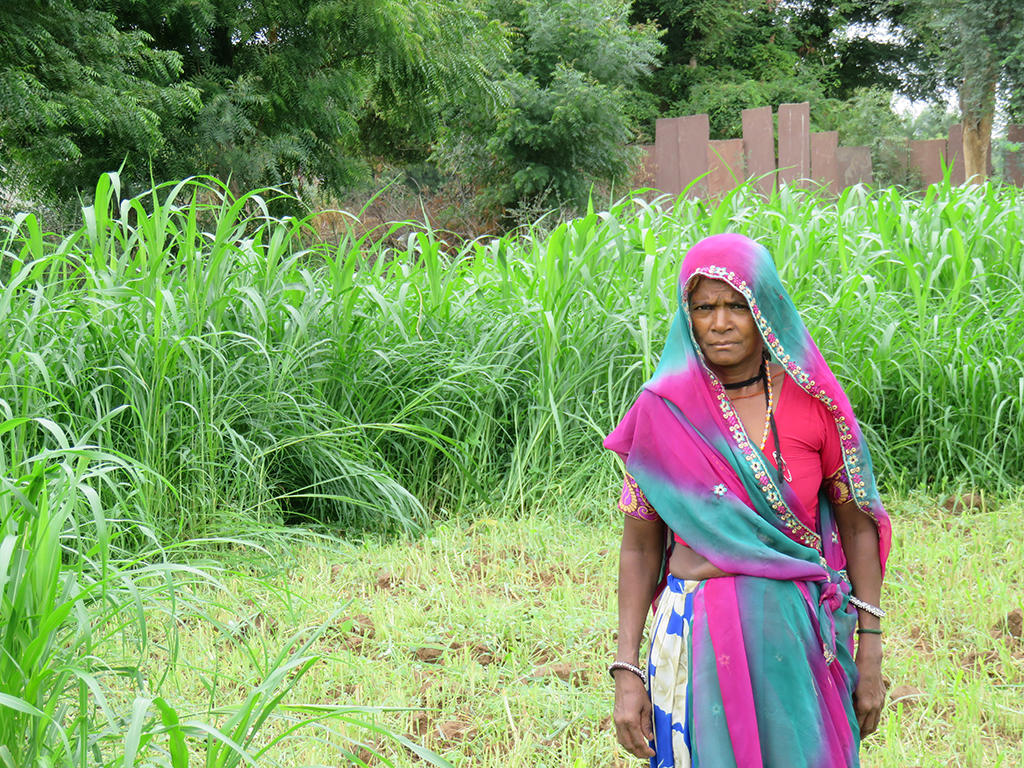
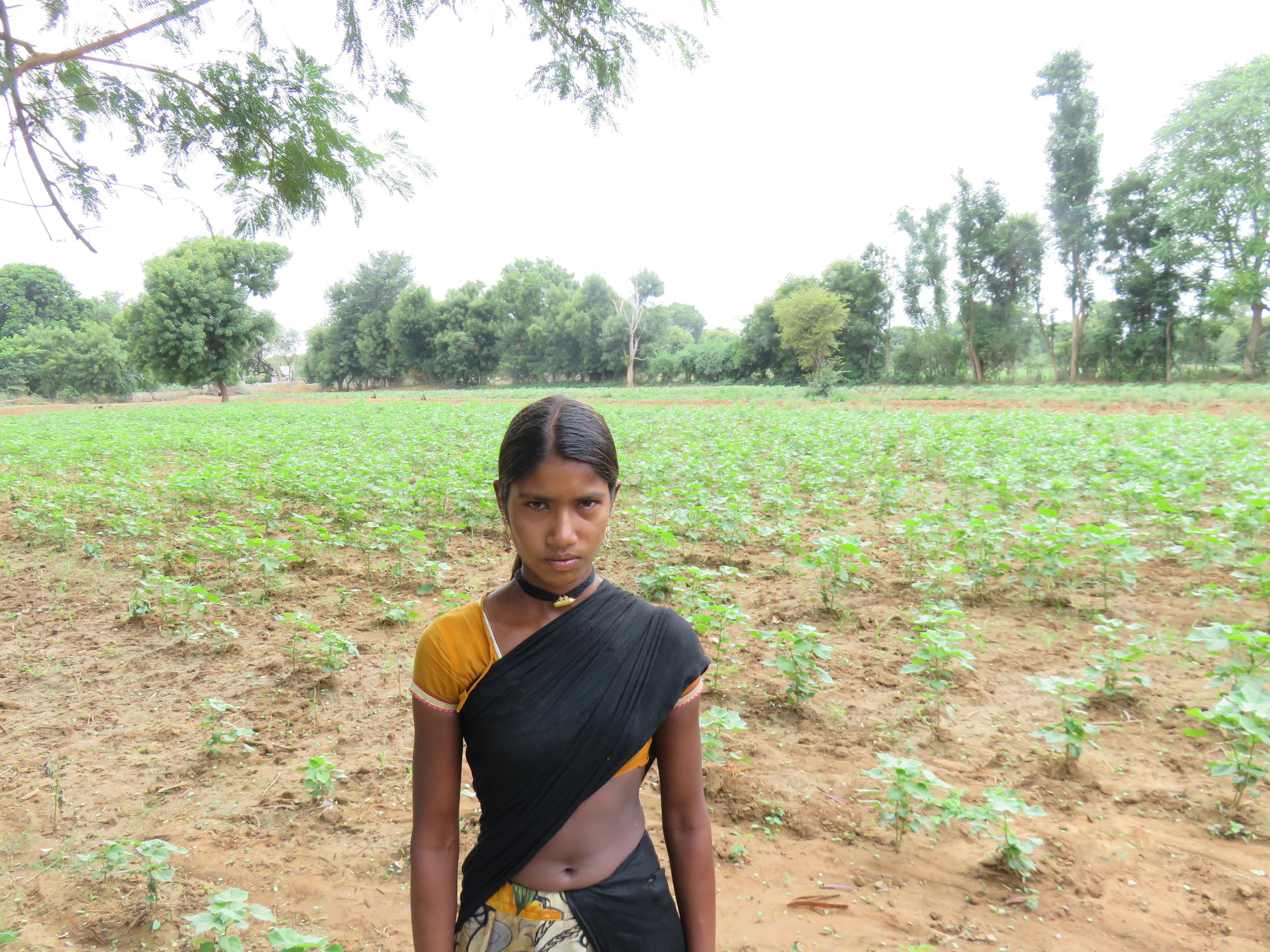
It’s hard to believe but Maya is one of the luckier ones. She has been coaxed back to school as part of a pioneering experiment to introduce private investment into the sphere of educating children from poorer backgrounds; a task that was formerly the preserve of governments, philanthropic donors and non-profits. Known as a Development Impact Bond (DIB), it involves an upfront payment by Zurich-based UBS Optimus FoundationExternal link to Indian NGO Educate GirlsExternal link to enroll girls between seven and 14 and improve educational performance (in Math, English and Hindi) in around 160 government schools in Bhilwara district of Rajasthan. Up to 7,000 children in an area of 260 sq. km are covered. UBS’s investment will be repaid with interest if education targets are met or exceeded. The concept aims at attracting private players into the development sector and raise more money for worthy causes.
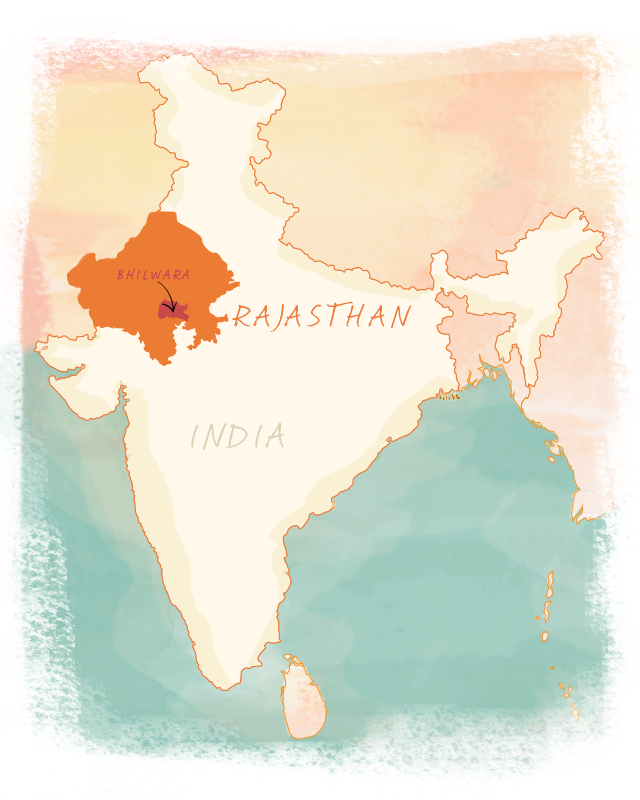
DIB payment structure
UBS Optimus Foundation made an upfront payment of $277,000 to Educate Girls in two installments. After a three-year period (in 2018), London-based Children Investment Fund Foundation (CIFF) pays the UBS Optimus Foundation only for successfully achieved educational outcomes (up to a maximum of 15% interest on initial investment).
Thus as an investor, the UBS Optimus Foundation bears the risk of losing money if education targets are not met and making a profit if they are exceeded. Educate Girls will also receive a part of the profit if it meets or exceeds targets. Third party assessor IDinsight evaluates close to 70% of the children every year to determine to what extent targets have been met.
New model
“Some people think it is all about making a profit but no investor would get involved in such projects if that was their only motive. It is for those interested in social impact first and foremost, with the addition of a result-based financial return,” says Maya Ziswiler, head of social and financial innovation at the UBS Optimus Foundation in Zurich. “The amount of interest on the investment is linked to the risk taken by investors upfront and any financial gain will be recycled into other projects.”
UBS already has around ten philanthropic projects running in India in the area of education, early childhood development, health and child protection. The DIB was a good fit as the foundation focuses on results and has experience raising money from high net worth individuals with an interest in philanthropy and impact investment. After the pilot project in India, UBS Optimus Foundation plans to go the full distance and launch a large-scale DIB that will raise money from private investors.
“We can attract investors by bringing in private sector efficiency, focusing on results, and demonstrating DIBs offer more value-for-money than other alternatives,” says Ziswiler.
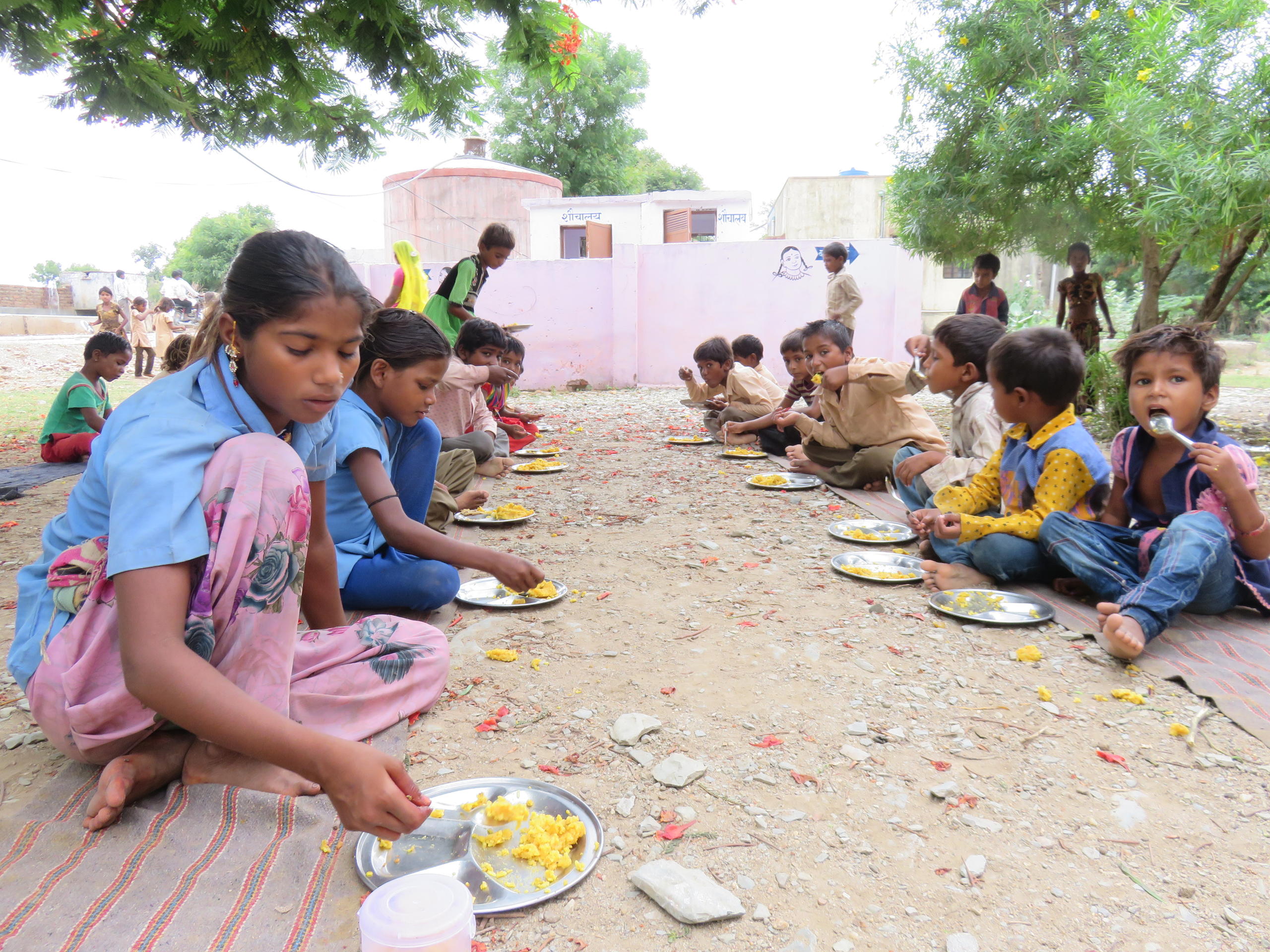
It is not just investors that needed convincing. There was some initial skepticism from staff at Educate Girls when the DIB partnership was announced.
“Why are you making a social worker into a businessman?” was Educate Girls project manager Vikram Solanki’s first reaction when asked to manage the project. His team had to adapt to a new way of working where impact mattered more than input.
“We had to become more technology-friendly and pay attention to what activities gave what result,” he says.
One of the first challenges was coming to grips with data entry and analysis. The details of each Educate Girls school lesson have to be entered into a central server via a smartphone whose whereabouts are verified by geolocalisation. So, if evaluators note that performance in English is lagging, Educate Girls can ask its volunteers and staff to focus more on the subject in the thrice weekly special school lessons. This did indeed happen and upon investigation the problem was identified and addressed: teachers themselves lacked confidence in English and children struggled to differentiate between upper and lower case letters.
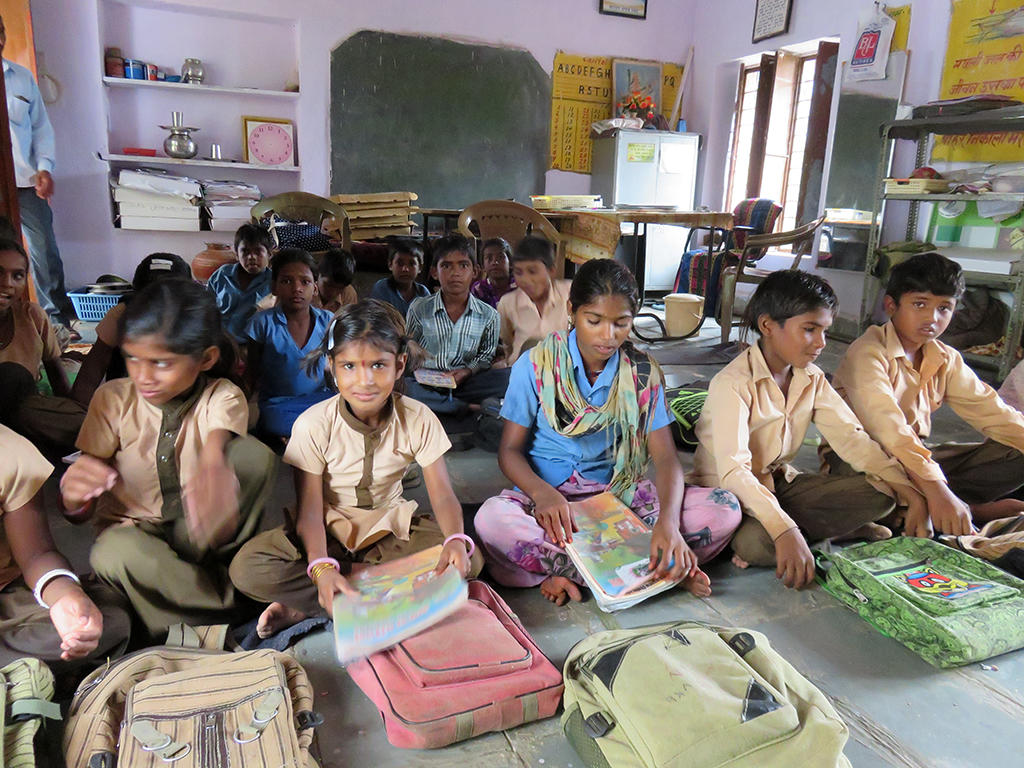
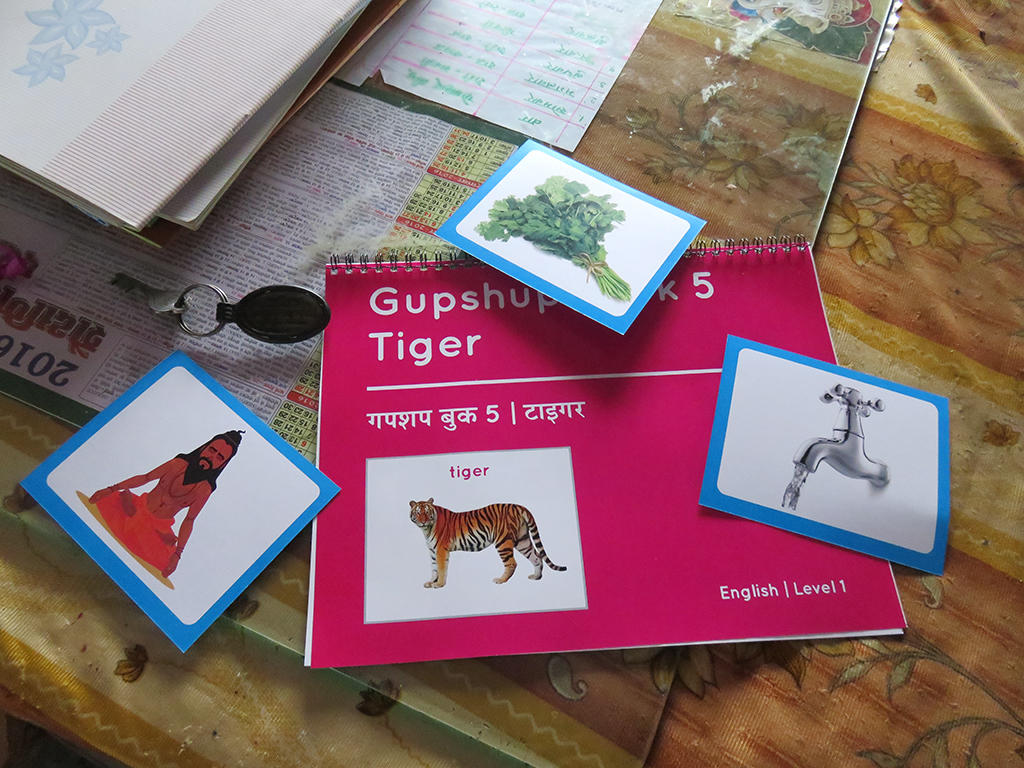
The DIB model also led to reflection on established ideas that had gained a foothold in the development sector. For example, the usual method of mobilising the community and showing them a film on the importance of educating girls did not really change local attitudes even though it had worked elsewhere.
“The results showed that counselling parents was the most effective strategy for Bhilwara and the team changed its approach to almost exclusively focus on girls’ parents,” says Solanki.
Another established tradition was letting field workers stay put in one area so they could win the confidence of the locals and become experts of their beat. However, Educate Girls abandoned this approach when it realised that staff were getting frustrated when their villages were not progressing as expected.
“Being in a new environment enables them to learn from past mistakes. It also allows us to move high performers to the most needy areas,” says Solanki’s deputy Bhupendra Kumar Choudhary.
However, the biggest change was preparing to be judged against other schools when annual performance assessments were carried out by third party firm IDinsight. Social workers were not used to the idea of competition and the rigorous empirical monitoring and evaluation threw up some unexpected challenges.
“Teachers in neighbouring non-project schools managed to acquire our learning material and as a result their students have also done better. This spillover effect should be accounted for or else it will lead to negative competition,” says Solanki.
The team is under pressure to deliver as a lot is riding on it, including their own performance bonus. The project’s second year results show that the target for enrollment of dropout girls has nearly been met (87.7%) but Educate Girls has only managed to achieve half (50.7%) of its three-year learning target.
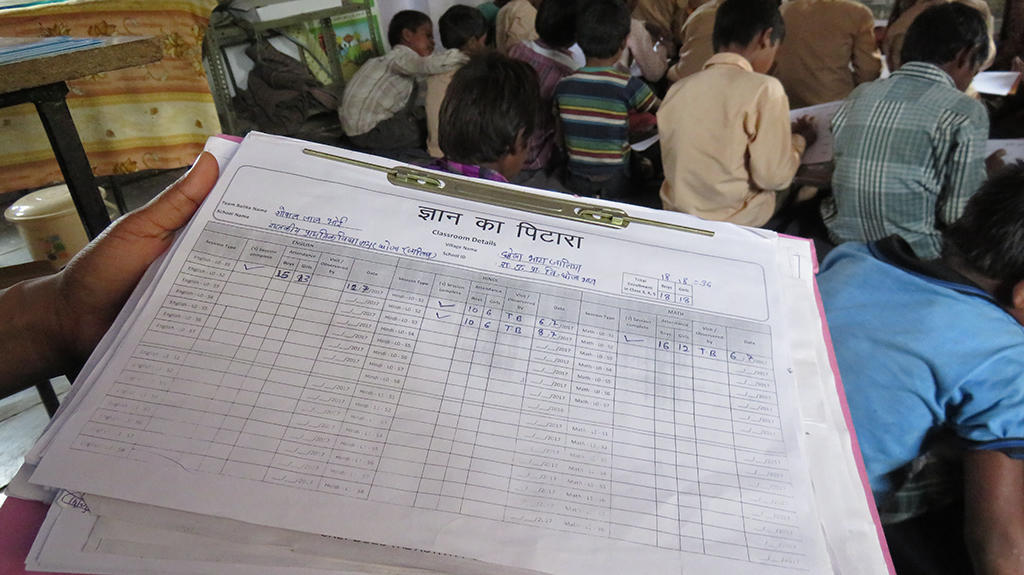
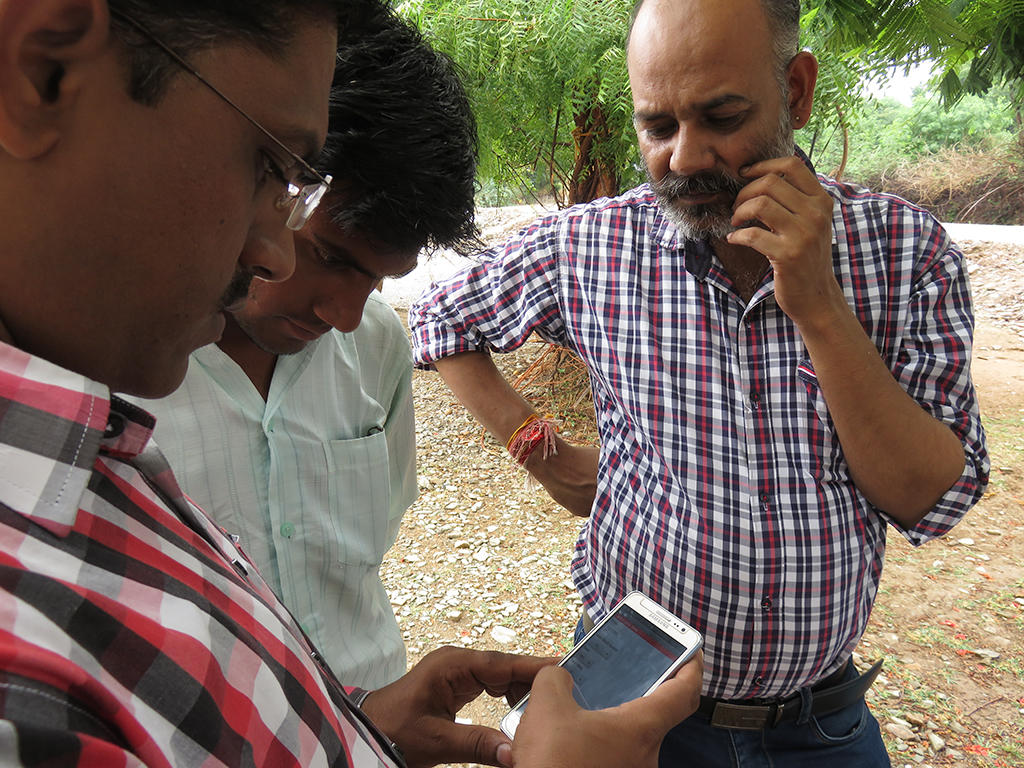
Tough task
A lot is also expected of Maya. After regular visits and much persistence, the outreach workers of Educate Girls have convinced Nani to let her return to school. An uncle now looks after the troublesome goats and Maya’s in-laws have also agreed to let her study.
“Hiring a farmhand to replace Maya costs us INR250 to INR300 a day. We send her to school because we hope she will learn something,” says Nani.
But schooling, especially beyond the primary level, is a luxury in these parts. Maya has barely returned to school for a month before she has had a temporary setback.
“I have not gone to school for the past three days as mother is sick and I have to look after her,” she says.
Her friend Naina, who lives in the same village, has also been missing school. She was one of the toughest dropouts for Educate Girls to enroll even though she now enjoys her lessons, especially math.
“I didn’t go to school today or yesterday because my mother went to visit my grandmother’s house and I am in charge at home,” she says.
So, despite the good enrollment record, the girls’ patchy attendance raises questions about how much schooling they are actually getting. If the students miss school for 40 days, they are struck off the rolls.
“We ask the school teachers to be a bit lenient with them in the beginning as they have several responsibilities and are adjusting,” says Solanki. According to him, the harvest season for oranges and guavas is a “tense time” as all hands are needed in the fields resulting in mass absenteeism. In addition to juggling chores, dropouts returning to school have to make up for lost time. The government’s age-based enrolment policy means they have no time to catch up with their peers.
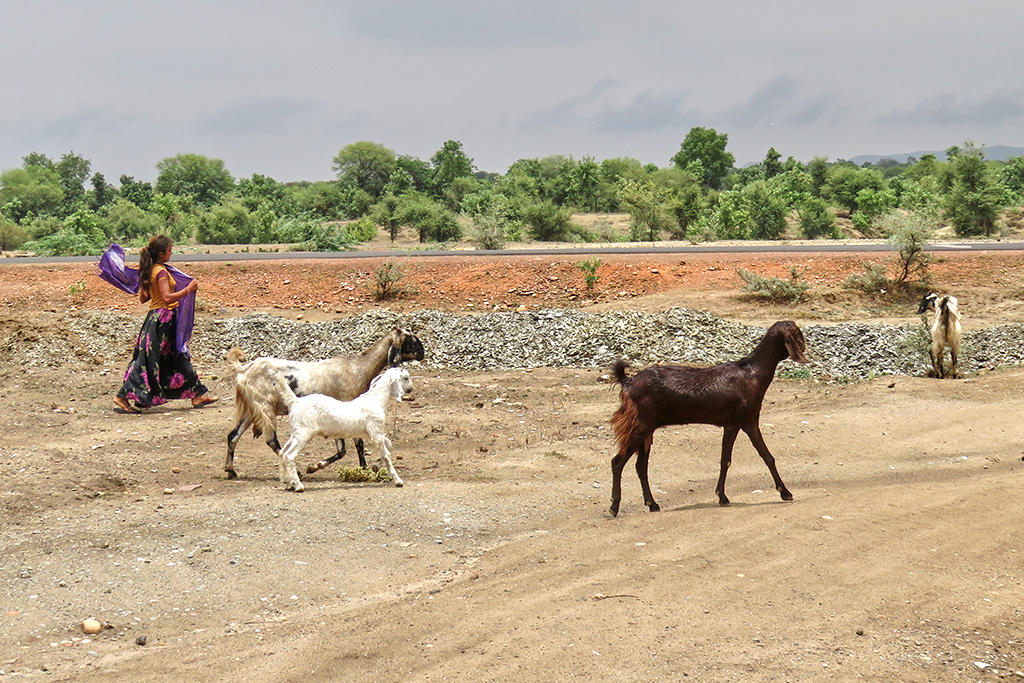
Forbidden feelings
Not everyone is convinced that a three-year attempt at enrolling dropouts and improving educational performance will bring about lasting change in the DIB project area.
“Girls drop out as they cannot cope with doing housework as well as learning and homework, something that boys don’t have to,” says Usha Choudhary, programme director of Vikalp Sansthan, an NGO that works on child rights in the state.
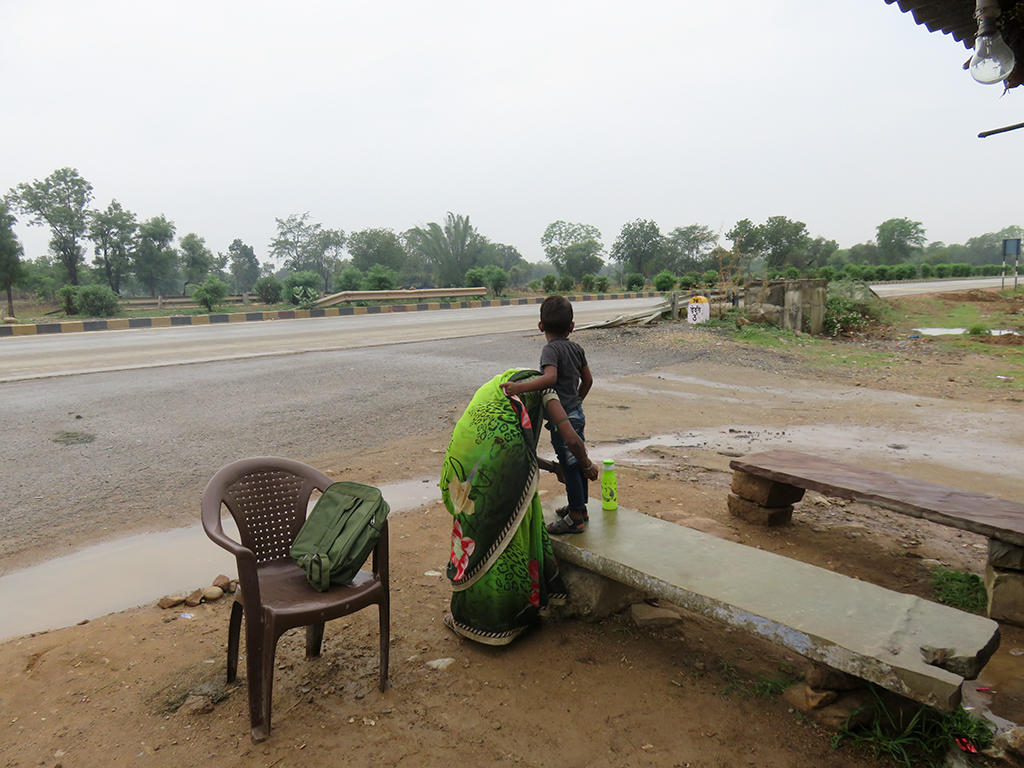
However, for Choudhary, who resisted her parents attempts to marry her off when she turned 14, the underlying reason for girls falling off the education ladder is society’s fear of their sexuality.
“Co-education is seen as a threat as the girl may elope with a boy in school or on the way to school,” she says. “Everyone likes to see romance in movies but when it comes to their own daughters it becomes a bad thing.”
A consequence of this fear of a girl’s sexuality is child marriage. According to the latest census figures from 2011, Rajasthan leads the country in the incidence of child marriages among girls, accounting for 8.3% of all married “women” in the state. The district of Bhilwara, where the Educate Girls project is based, ranks number one in the country in terms of proportion of underage married girls at 36.9% overall and 40% in rural areas.
Even though, the girls usually only move in with their husbands when they turn 15 or older, it is meant to show the village that they are already spoken for.
“It is the family’s way of saying we will choose who you will desire and have sex with,” says Choudhary.
Despite the best efforts of Educate Girls, it is often these kinds of external, societal influences that often dictate whether projects will have a lasting influence. Especially, in Bhilwara where child marriages are quite common, even though it is illegal.
“I’ve filed 13 cases against child marriage since 2011. The youngest was two years old but on average most girls are between 13 and 14 years old,” says Suman Trivedi, chair of Bhilwara’s Child Welfare Committee, a government body mandated to look after the welfare of children. According to her, most girls accept being married early provided they like the boy. If not, they approach the authorities or elope with someone else.
“The maximum cases we see are elopement cases, followed by missing children and child labourers,” says Trivedi.
Those that elope are often placed in shelters for girls by the courts as they are minors and they remain there until they reach the age of 18. Due to the lack of girl shelters in Bhilwara, they have to be sent elsewhere.
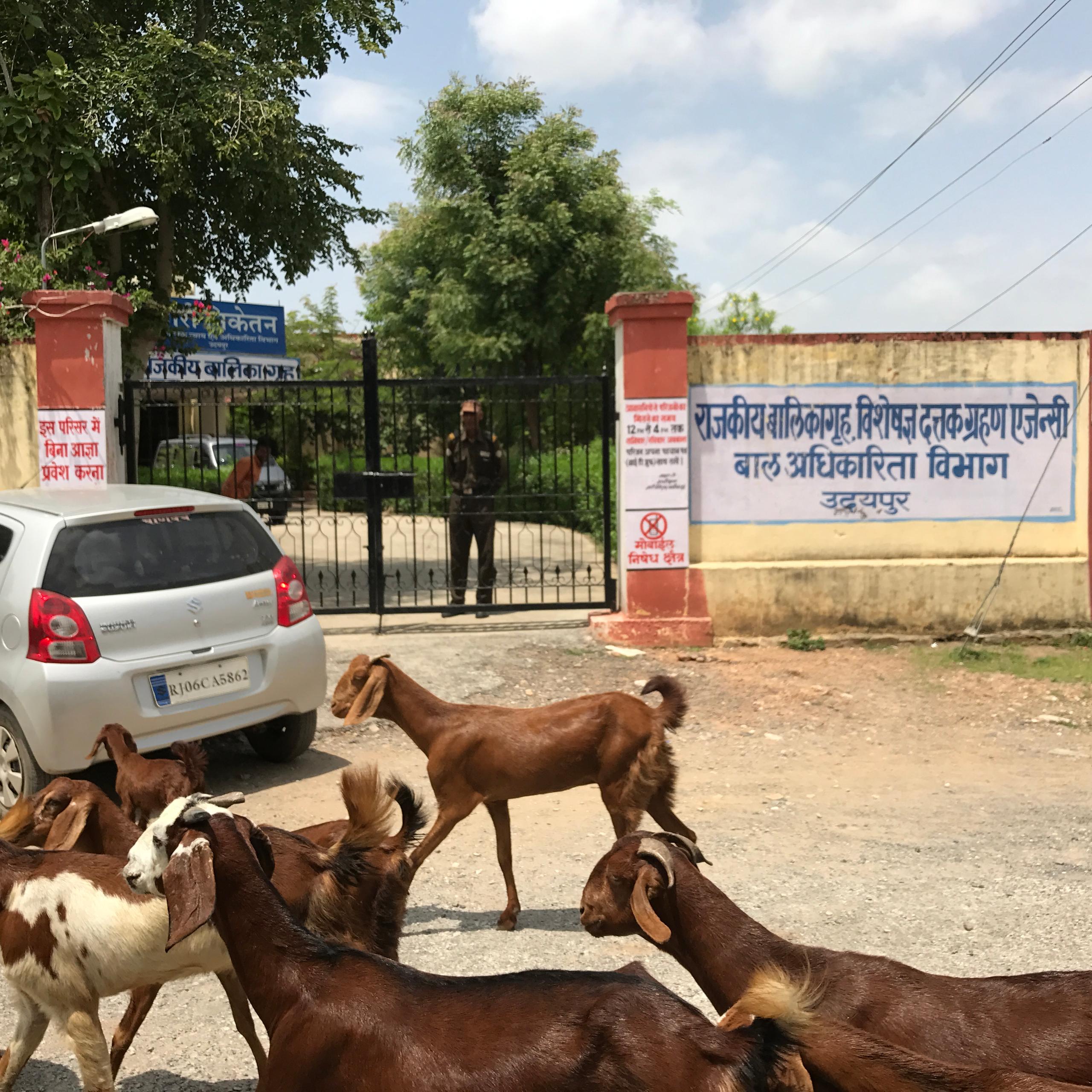
Veena Maherchandani, superintendent of the government-run Balika Grah (girl’s shelter) in Udaipur city, says girls who are sent there are illiterate and don’t even know how to write their names. “Those between the ages of 16-18 are very difficult to reintegrate into the school system, so we offer them vocational training instead,” she says. Around half of her wards are pregnant.
“We do not have enough staff to handle so many girls. Norms say one caretaker is required for eight girls and currently we have three for 32 girls,” says Meena Sharma of the government-run Integrated Child Protection Society in Udaipur that looks after four girl shelters in the district.
“Money from abroad is being spent on education, sanitation and environment but nobody is running shelters,” she says.
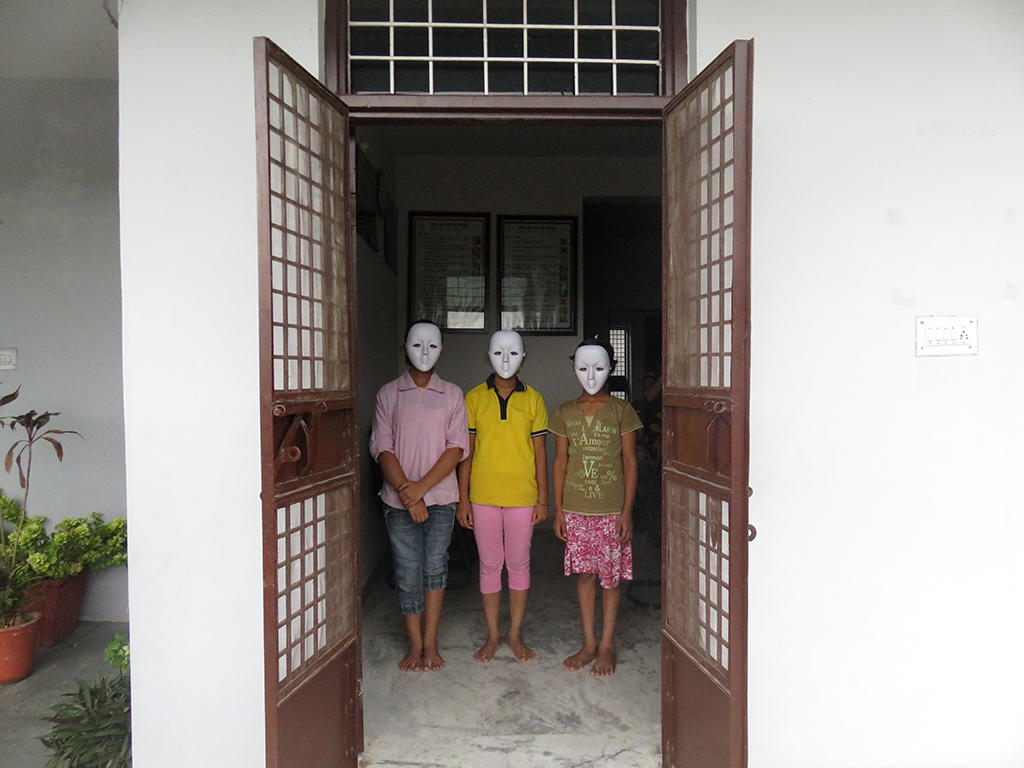
Future prospects
Of course, the whole point of the DIB project is to ensure fewer girls have to resort to seeking refuge in shelters. But there is no escaping the fact that it is a three-year project and it remains to be seen if the girls it enrolled are able continue in school or not.
“Targets will be reached but what will happen to the girls after one or two years? Only if they finish high school do they stand a chance,” says Choudhary.
Project manager Solanki shares that Educate Girls has never withdrawn completely from any of the areas it has worked in before. It is likely to continue working in Bhilwara doing “monitoring and troubleshooting” even after project completion, he says.
“In terms of the sustainability of the DIB, we have been encouraged by the understanding and support of the state government and we hope that this may translate into some degree of funding for similar programs going forward. The DIB has also led to a lot of coverage of Educate Girls and its work, which means it has the potential to attract other funders,” says Ziswiler of UBS.
According to her, emerging economies like India are ideal for innovative financing like DIB as they will receive less and less overseas development assistance. She believes that the government has the ability to become an outcome funder for DIBs.
But no amount of money and outreach can guarantee a change in attitudes towards girls. Even during the project period, the pressures of helping out at home and in the fields, early marriage and differential treatment of daughters loom over the girls’ heads. It does not help that villages like Jaliya have no female role models that can serve as an inspiration.
“There is no married woman in the village who is working,” says Nani.
The best she can hope for her granddaughter Maya is a job as a school teacher or Anganwadi (primary health care) worker.
Rajasthan may be at the bottom of the pile among Indian states when it comes to marrying girls off when minors and ensuring they complete schooling but there are positive signs of changing attitudes.
Between 2005 and 2015, the percentage of women between 20 to 24 who reported they were married before 18 has almost halved in the state (65.2% to 35.4%). And between 2010 and 2015, the enrolment rate of girls in the last two years of school climbed from 36% to 40%.
Perhaps, this is where DIBs can make a difference – helping accelerate the pace of change in Rajasthan’s villages so they have a chance to catch up with the rest of the country. So, even if the benefits to Maya and her peers are few, they’ll want their own daughters to complete school.
This report was produced as part of En Quête d’AilleursExternal link (Looking Beyond), an exchange programme between journalists from Switzerland and developing countries.

In compliance with the JTI standards
More: SWI swissinfo.ch certified by the Journalism Trust Initiative









You can find an overview of ongoing debates with our journalists here . Please join us!
If you want to start a conversation about a topic raised in this article or want to report factual errors, email us at english@swissinfo.ch.